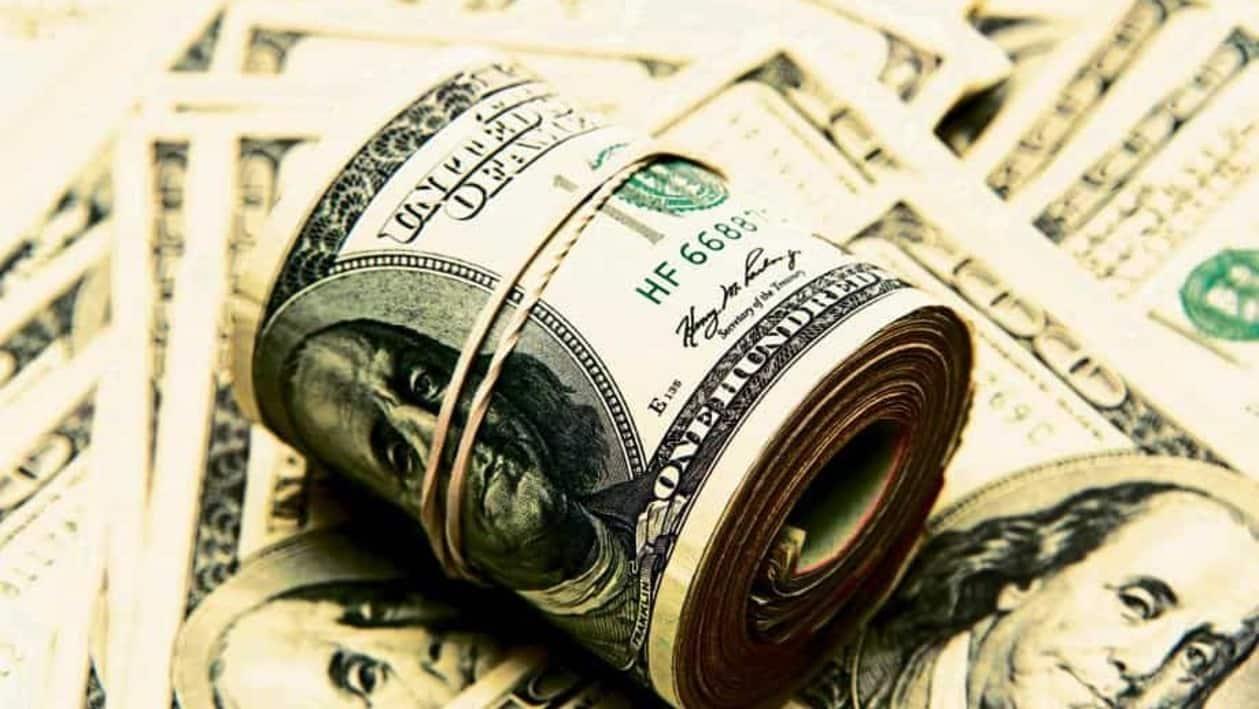Inflation in the US continued to surge in January, with the latest data showing higher-than-expected increases both year-on-year and month-on-month, raising concerns that the Federal Reserve might increase interest rates even higher than previously expected.
The US Bureau of Labor Statistics reported on Friday that the Consumer Price Index (CPI) rose to 6.4 percent in January, slightly higher than the estimated rate of 6.3 percent. On a month-on-month basis, the CPI increased by 0.5 percent, surpassing the projected rate of 0.4 percent.
So far, the US Fed has raised its benchmark rate by 4.5 percent since last March, most recently to a range between 4.5 and 4.75 percent. That is the fastest pace of rate hikes by the Fed since the early 1980s.
This pace of rate hikes by the US Fed to tackle inflation has economists debating whether this would steer the US economy towards a hard landing – hiking too much tipping the economy into recession – or a soft landing – bringing down inflation without a major economic bump.
Let's first understand these 2 terms:
A hard landing is when the central bank of an economy hikes the rate so aggressively to curb inflation that it leads to a recession.
"A hard landing refers to a marked economic slowdown or downturn following a period of rapid growth. The term "hard landing" comes from aviation, where it refers to the kind of high-speed landing that—while not an actual crash—is a source of stress as well as potential damage and injury. The metaphor is used for high-flying economies that run into a sudden, sharp check on their growth, such as a monetary policy intervention meant to curb inflation. Economies that experience a hard landing often slip into a stagnant period or even recession" explains Investopedia.
Meanwhile, a soft landing is when the central banks raise rates just enough to curb inflation without causing a recession.
"A soft landing, in economics, is a cyclical slowdown in economic growth that avoids recession. A soft landing is the goal of a central bank when it seeks to raise interest rates just enough to stop an economy from overheating and experiencing high inflation, without causing a severe downturn. Soft landing may also refer to a gradual, relatively painless slowdown in a particular industry or economic sector," explains Investopedia.
As can be deduced by their definitions, generally a soft landing is considered to be a more desirable goal for economic policymakers. To achieve a soft landing, policymakers gradually raise rates in order to curb price inflation without sacrificing jobs or unnecessarily inflicting economic pain on people and corporations carrying debt.
However, the more dependent the economy becomes on fiscal stimulus, the more it becomes difficult to wean off slowly for a soft landing.
But it is important to note that, in the case of the US economy, a recession followed in the last five instances when inflation peaked above 5 percent, in 1970, 1974, 1980, 1990, and 2008. Inflation has gone above 5 percent in 2022 as well which has led to concerns regarding a recession due to steep rate hikes by the Fed.
A third scenario, most economists are discussing, in relation to the US economy is the 'no landing' one. In a ‘no landing’ scenario, the economy doesn’t slow down. Inflation remains above-trend and the central bank is hiking rates by more than expected, but keeping them elevated for longer.
A growth pickup could lead the Fed to raise rates more than it would do otherwise to slow inflation to its 2 percent goal over the next few years. “In our view, ‘no landing’ is just a soft or hard landing waiting to happen,” Wall Street Journal quoted a Morgan Stanley report as saying.
Economists at Goldman Sachs said last week that they now see a 25 percent probability of a recession over the next 12 months, down from an earlier estimate of 35 percent. The bank expects inflation to fall to 3 percent this year, with the unemployment rate rising modestly to 4 percent as long as the economy grows at a pace below its long-run trend of around 2 percent.
“If we see a reacceleration to trend or above-trend growth—and I don’t think we have so far—then, yeah, we would worry it would be hard to get inflation close enough to 2% to say we can have a soft landing,” Jan Hatzius, Goldman’s chief economist, told WSJ.
